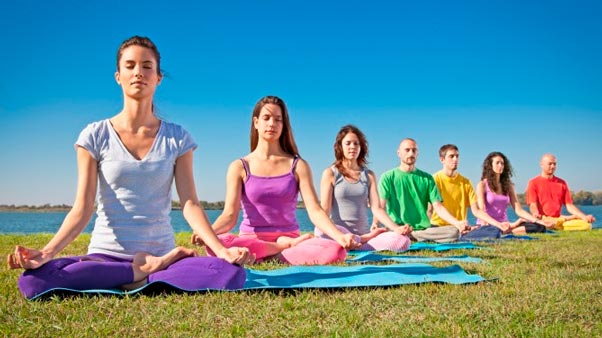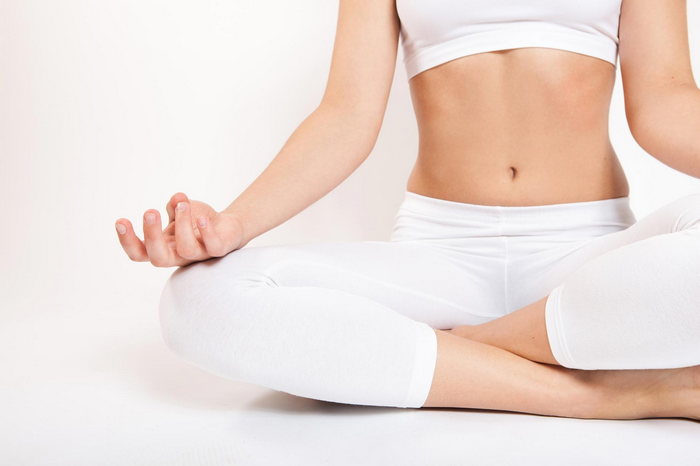Yoga is one of the complete physical activities because it provides the means for it to be practiced regardless of age or gender. It not only serves as a physical exercise but also as a relaxation technique, since it helps to reduce stress and anxiety using their postures, which allow slowly relaxing the muscles.

Yoga was born in India and is a meditation practice widespread in Hinduism. And it was precisely in India that a project was proposed to create the International Day of Yoga, and it received the support of 175 Member States for its approval.
The Indian Prime Minister, Narendra Modi, presented the text in a speech delivered at the 69th session of the General Assembly, in which he said: ‘Yoga is an inestimable gift of our ancient tradition. Yoga represents the unity of mind and body, thought and action. ‘ To spread more the relative information of the advantages of practicing yoga, it is decided to proclaim June 21 as International Yoga Day.
Where is born?
Yoga has its origins in present-day India, but the approximate date of its creation is not clear. It is often said that yoga starts around 5000 BC, But there is no reliable data to confirm it.
You have to go many more years to find books where yoga is mentioned. The first books are the Rigveda, which is believed to have been developed around 1700 BC in northern India, and yoga sutra to the third century BC, which is considered the foundation book of this discipline.
The archaeological findings related to the period of the Indus Valley civilization (3000-1800 BC, in the territory of present-day Pakistan) indicate the possibility that the population of one of the most significant cities of this culture (Mohenjo-Daro) he performed one of the oldest forms of yoga or similar rituals.
In several seals and figurines found in the Indus Valley people are shown performing characteristics of meditation postures and asanas or yoga postures.
It’s benefits

- It improves the nervous system while maintaining tranquility over-stress situations.
- Improves flexibility at the muscular and joint level, reducing body aches.
- Correct, improve and maintain a good body posture.
- Strengthens the immune system and respiratory capacity. Through “asanas” postures,”Pranayama” or breathing techniques.
- Improves bone density, preventing osteoporosis.
- Improves blood circulation, through the combination of dynamic and static movements and postures.
- It improves the balance, proprioception, and stability of the whole body.
- It improves the digestive functions, thanks to the different postures of torsions that are made.
- Reduces the pains of fibromyalgia, arthritis, the pain of muscle and joint pain.
- Power the development of the brain, due to the practice of meditation, there is greater development of memory, concentration, and better reaction to the problems that arise.
- Contributes to the healing, management of all kinds of negative emotions, and emotional imbalance.
Yoga: a Beneficial Practice for Health
Building an interconnected community of mindful, purposeful, and healthy individuals
